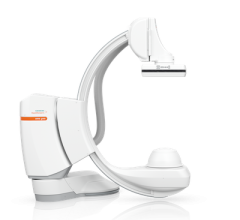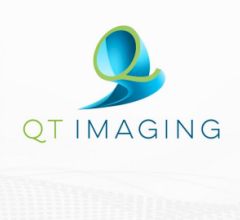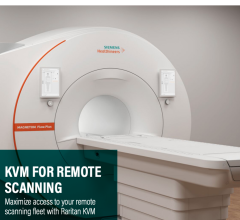Screenshot of communication and tracking tool for radiologist-recommended follow-up imaging
October 28, 2022 — According to an accepted manuscript published in ARRS’ American Journal of Roentgenology (AJR), socioeconomically disadvantaged patients are at increased risk of failure to undergo recommended follow-up imaging that referrers deemed clinically necessary.
“Initiatives for ensuring follow-up imaging completion should target the identified patient groups to reduce disparities in missed and delayed diagnoses,” wrote first author Neena Kapoor, MD, from the Center for Evidence-Based Imaging at Brigham and Women's Hospital of Harvard Medical School in Boston, MA.
In this AJR accepted manuscript, an automated tool for communicating and tracking follow-up imaging recommended by radiologists was embedded in the PACS (Visage Imaging) and EHR (Epic Systems, Madison, WI) of a level 1 urban academic quaternary care hospital. This tool prompted referrers to note if they deemed recommendations to be clinically necessary, then assessed if the needed follow-up imaging was performed; if said examination was not obtained within 1 month after the intended date of completion, the tool prompted a safety net team to perform further patient and referrer follow-up. Completion rates of clinically necessary follow-up imaging were computed—stratified by patient-, referrer, and imaging-related factors.
Ultimately, a closed-loop communication and tracking tool found a completion rate of radiologist-recommended follow-up imaging deemed clinically necessary by referrers of 74.8%. Independent predictors of failure of completion of the follow-up imaging included living in a socioeconomically disadvantaged neighborhood (odds ratio, 0.67), and inpatient (odds ratio, 0.25) or emergency (odds ratio, 0.09) status.
“The referrer’s agreement, or lack thereof, could serve as important feedback for radiologists,” the authors of this AJR accepted manuscript concluded, thus improving the quality of subsequent recommendations.
For more information: www.arrs.org


 December 01, 2025
December 01, 2025 









